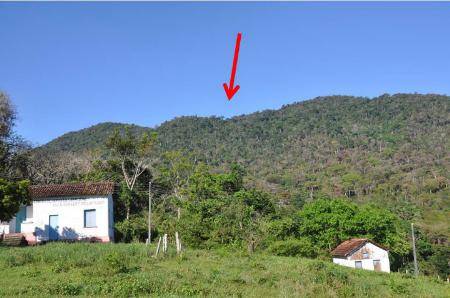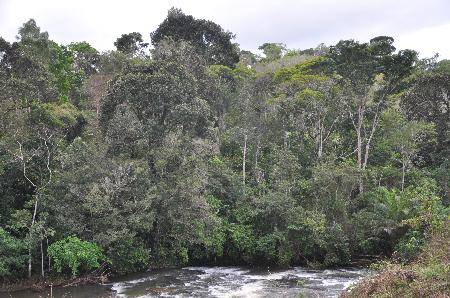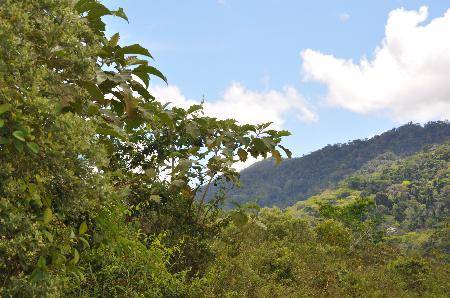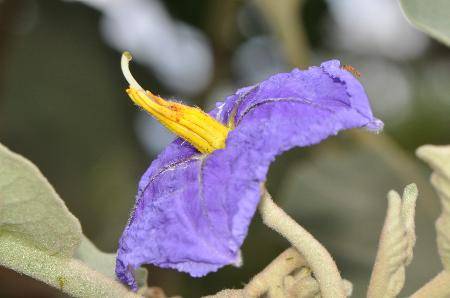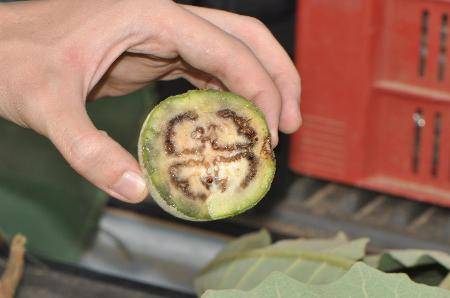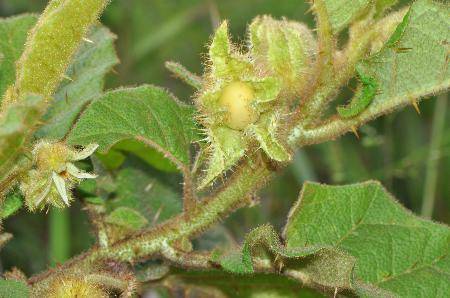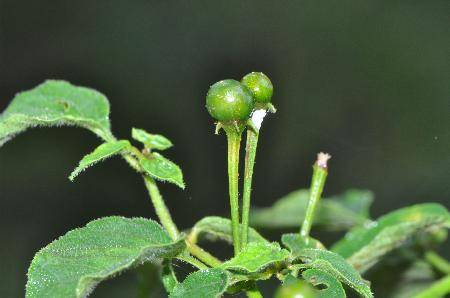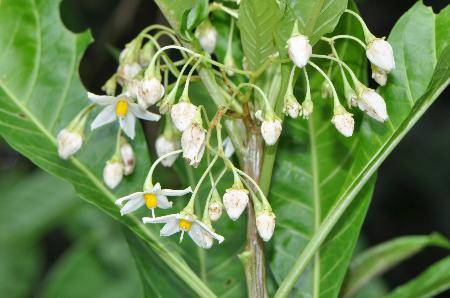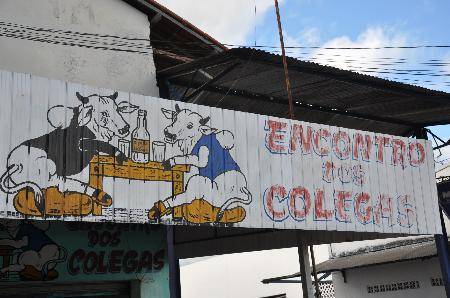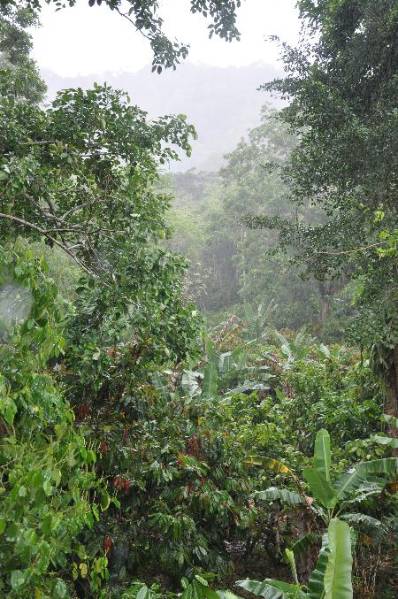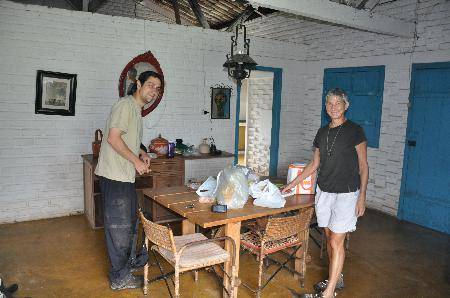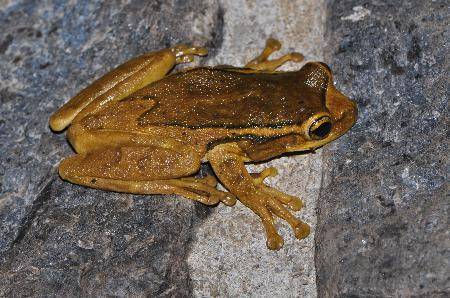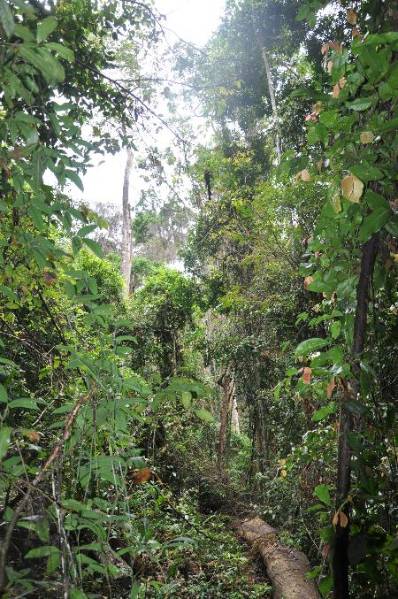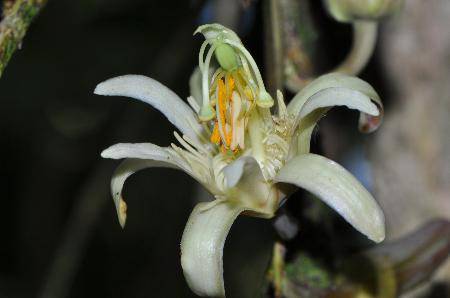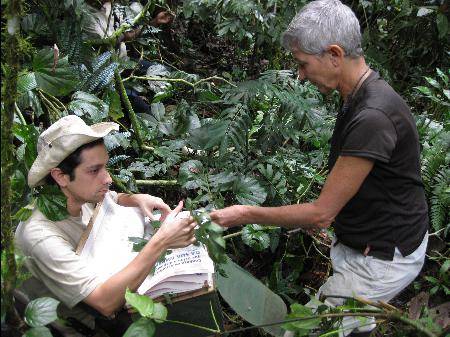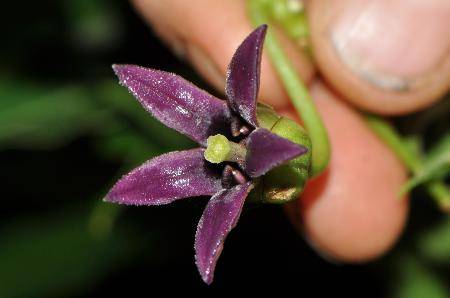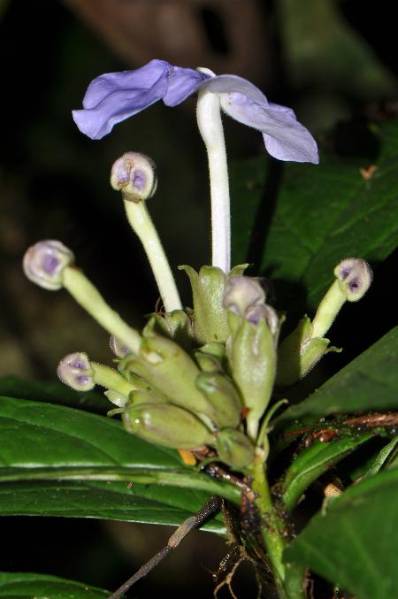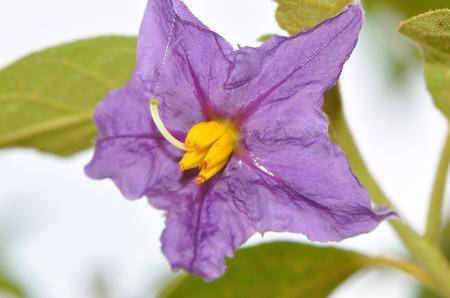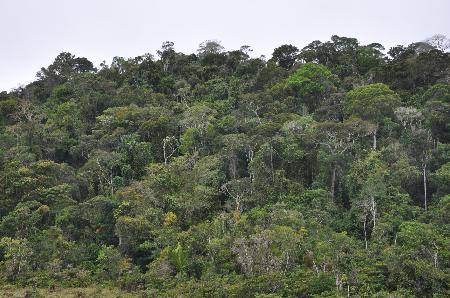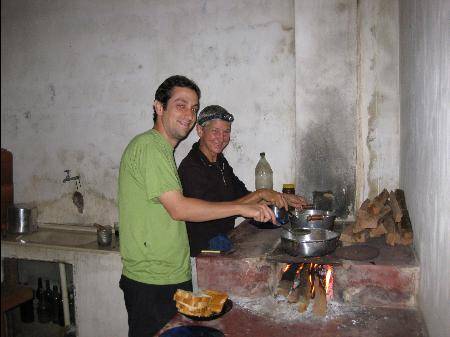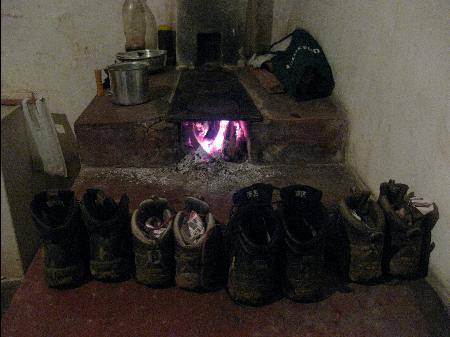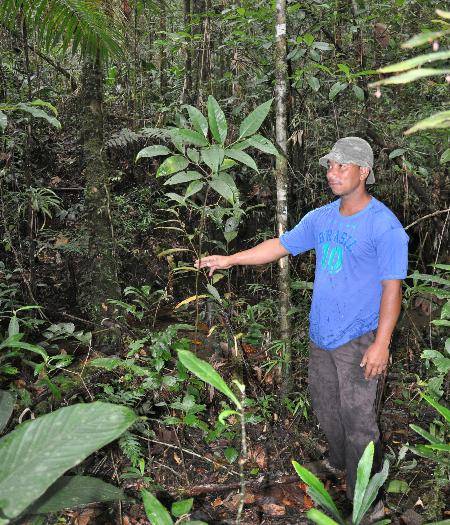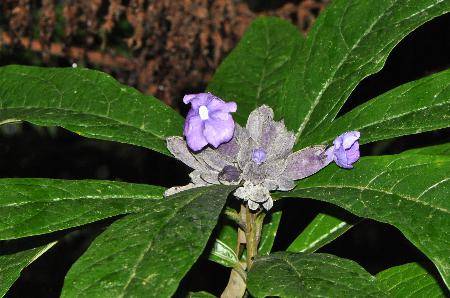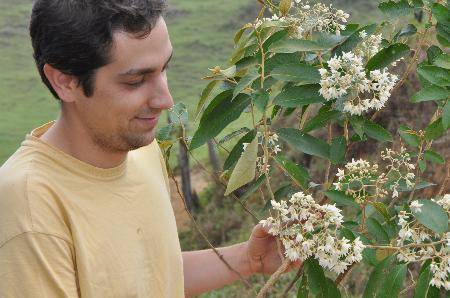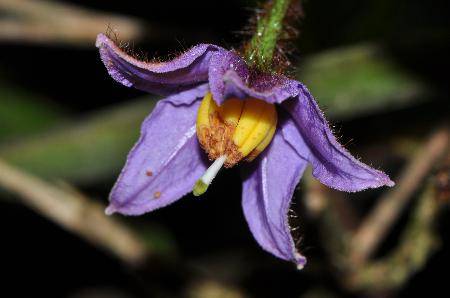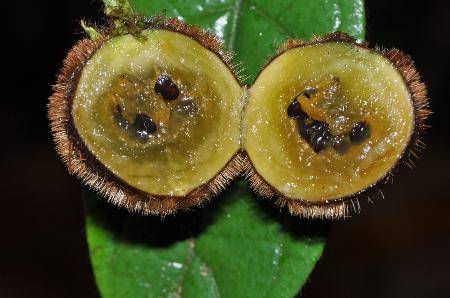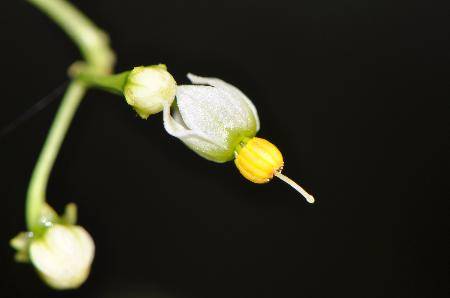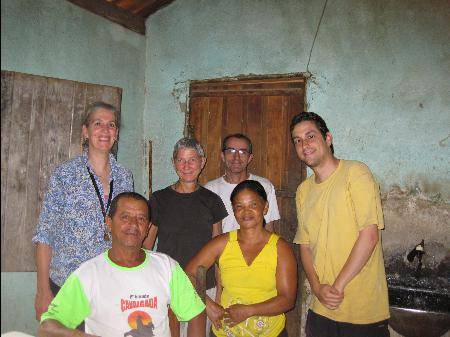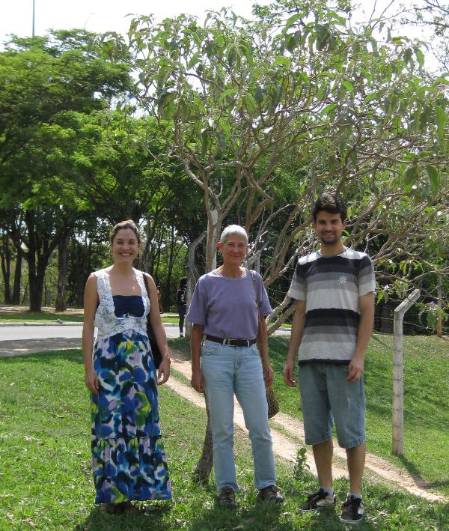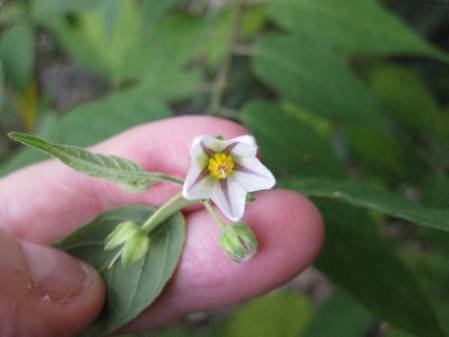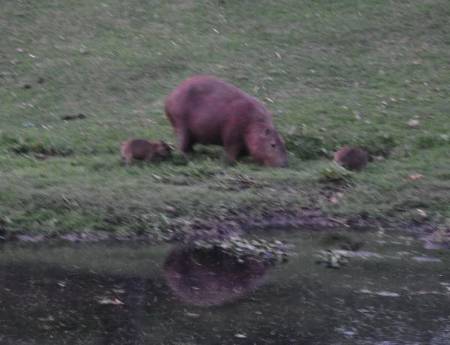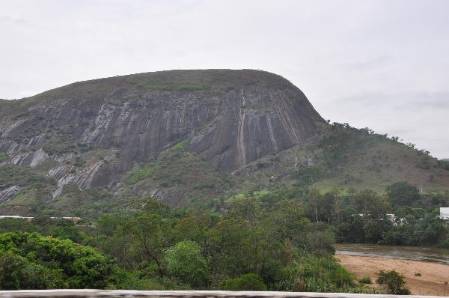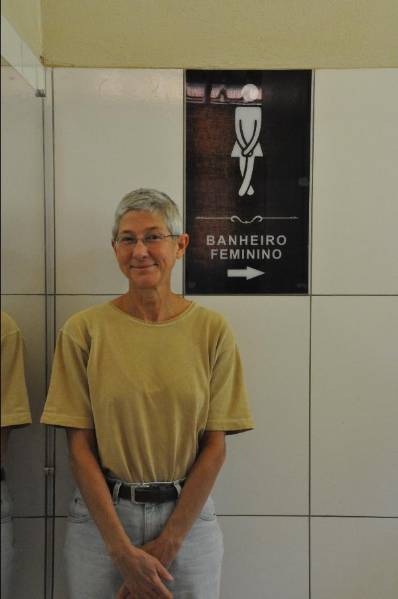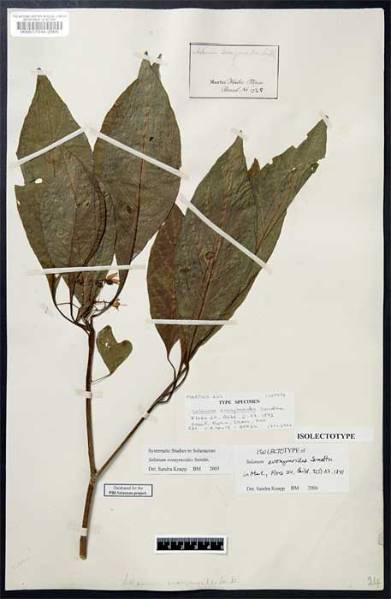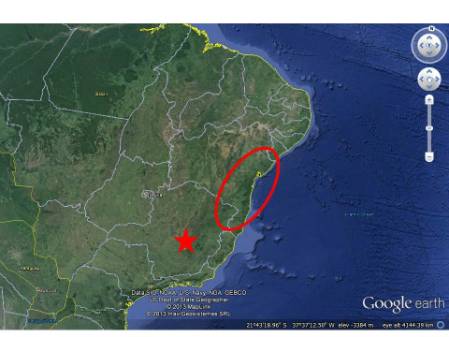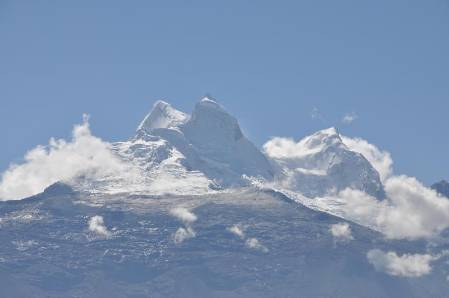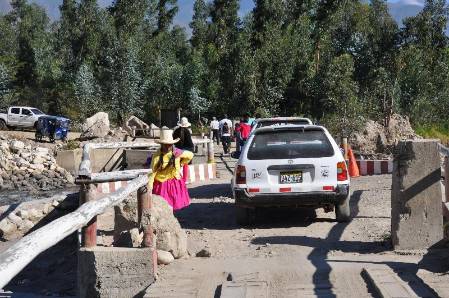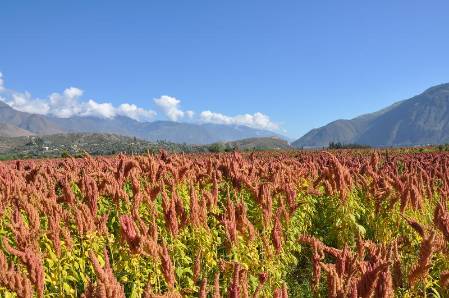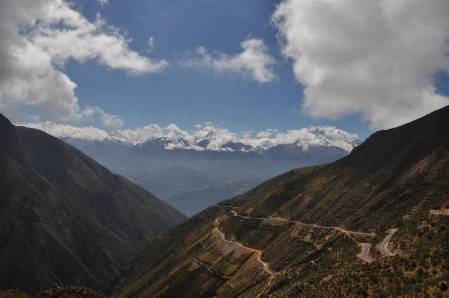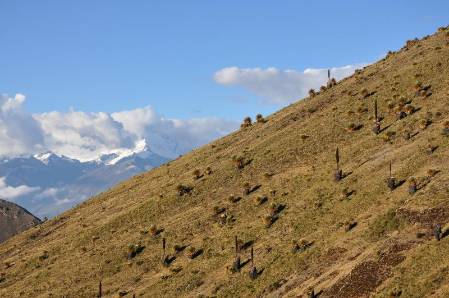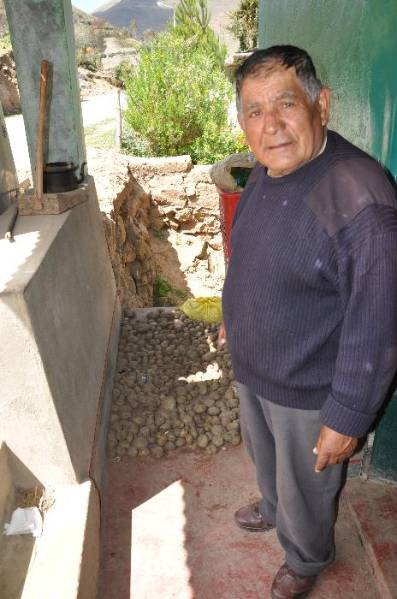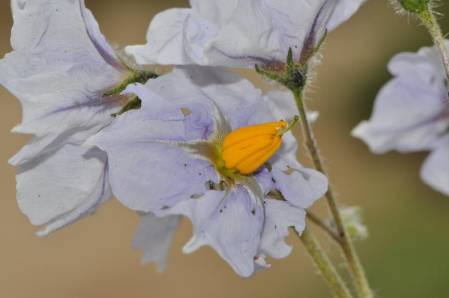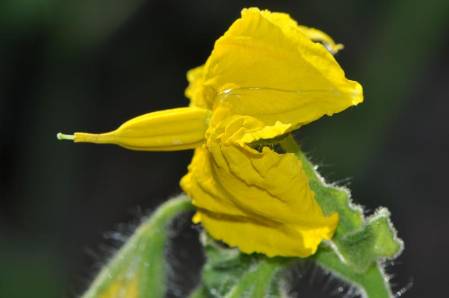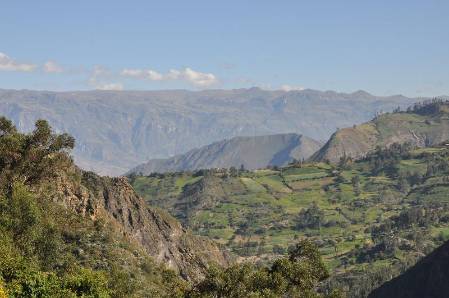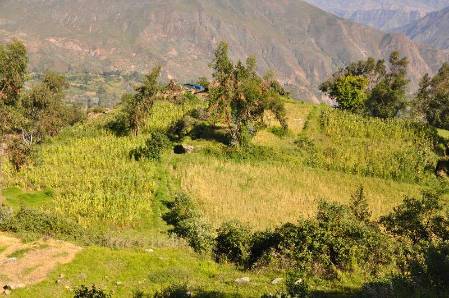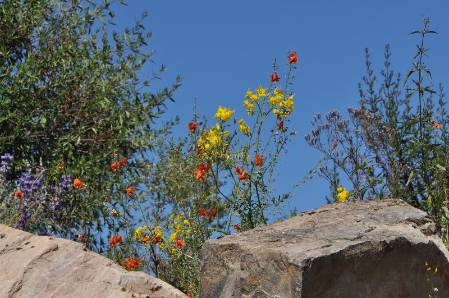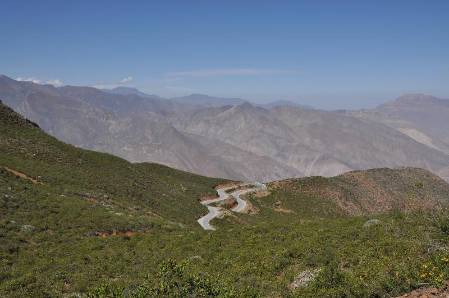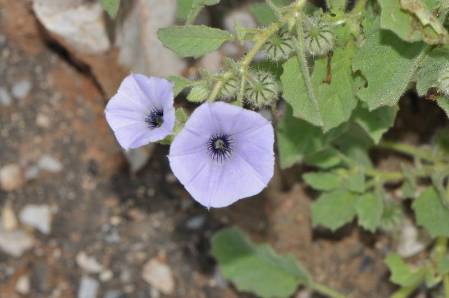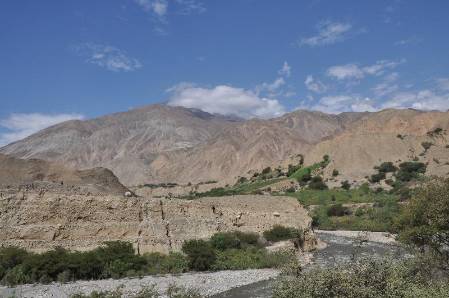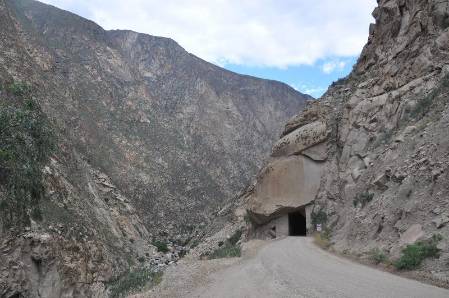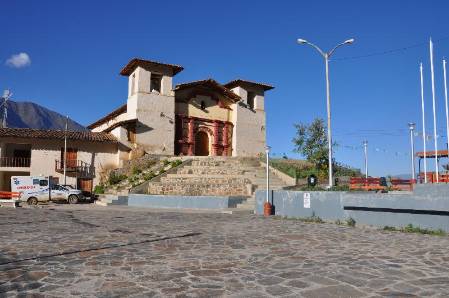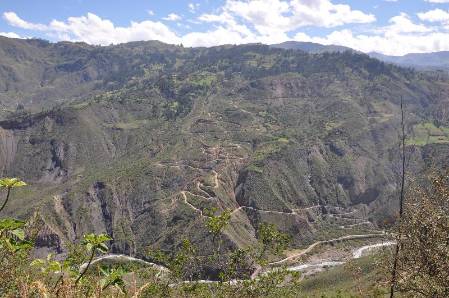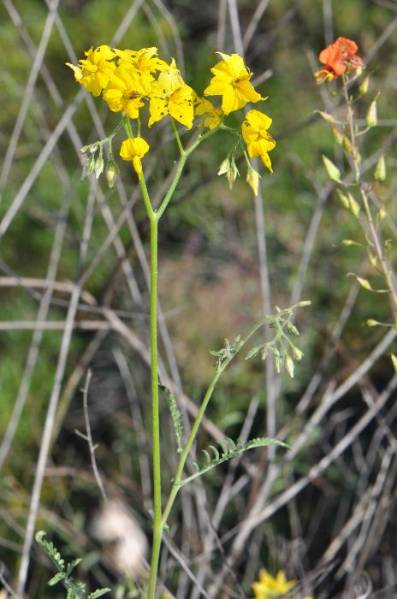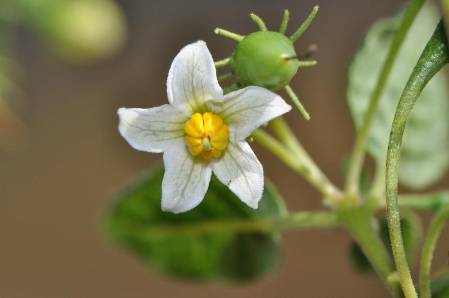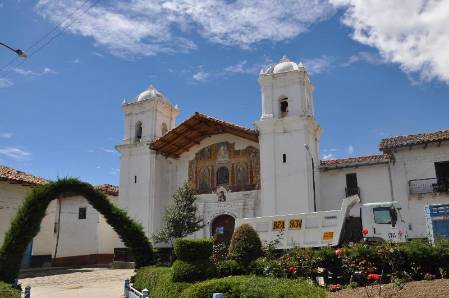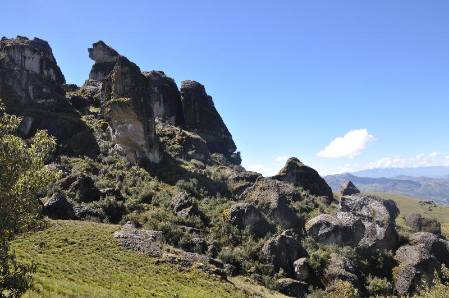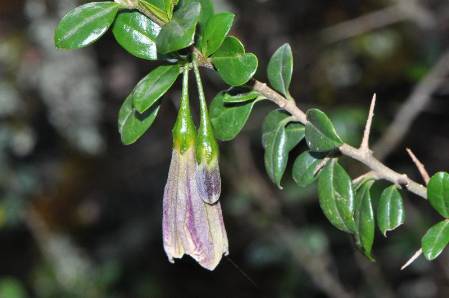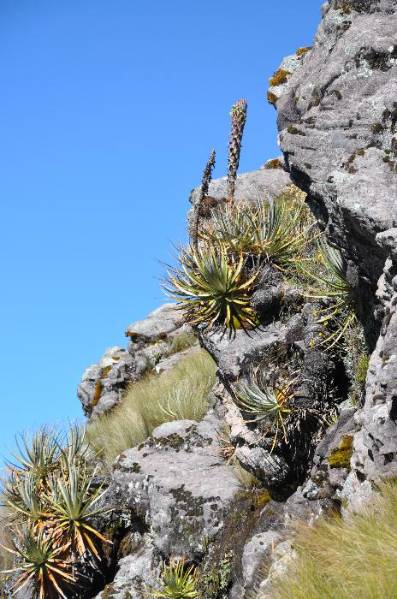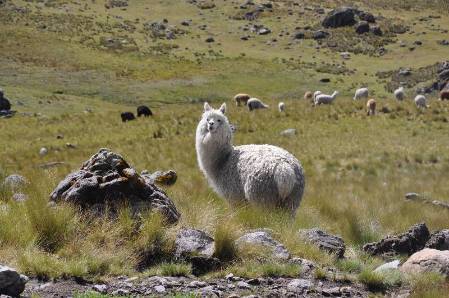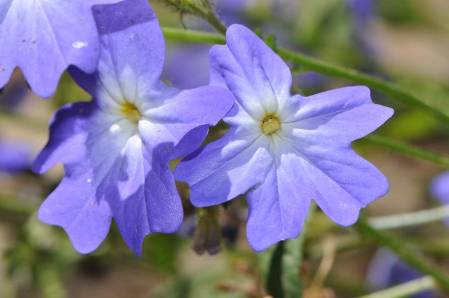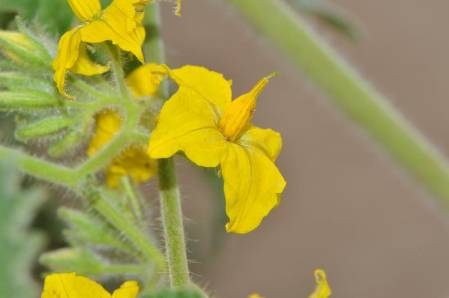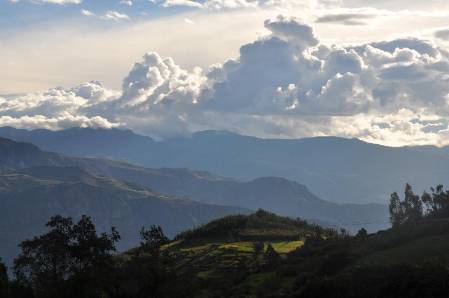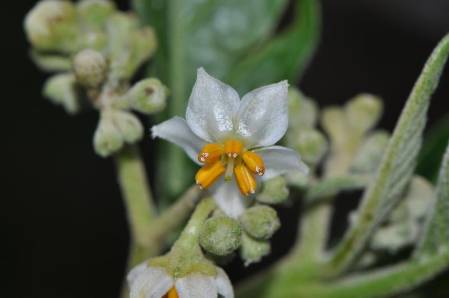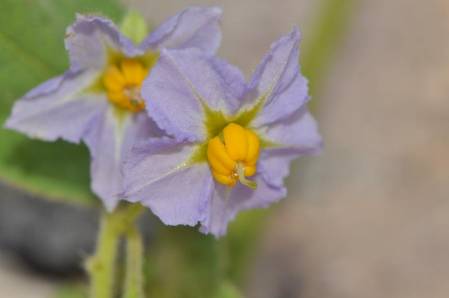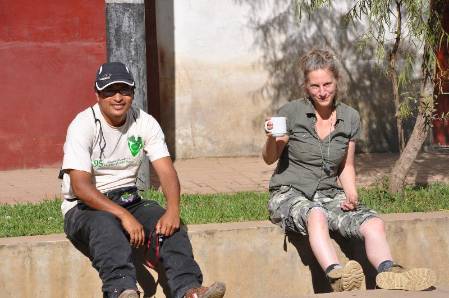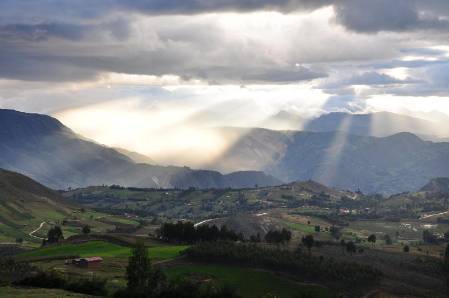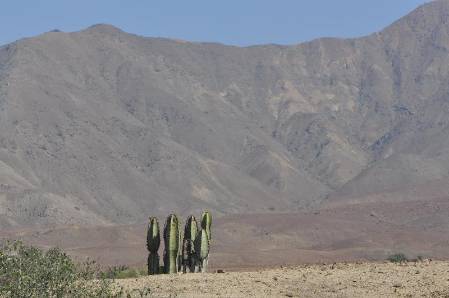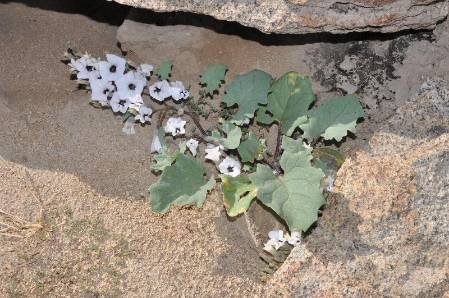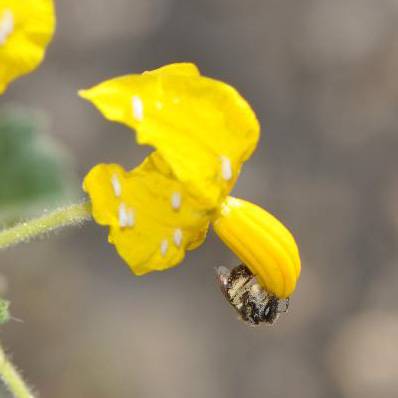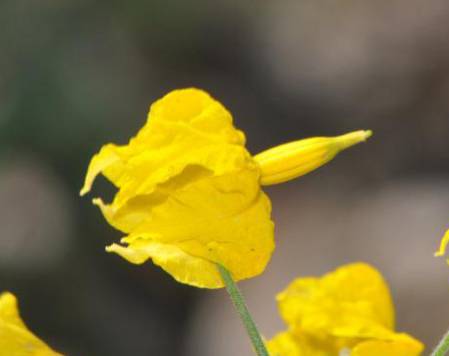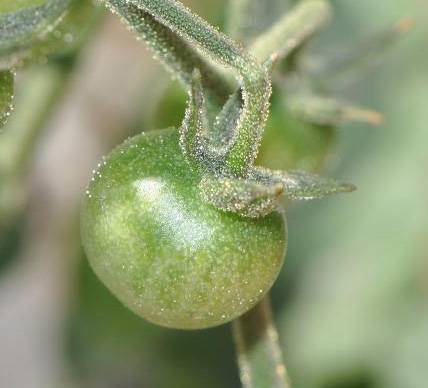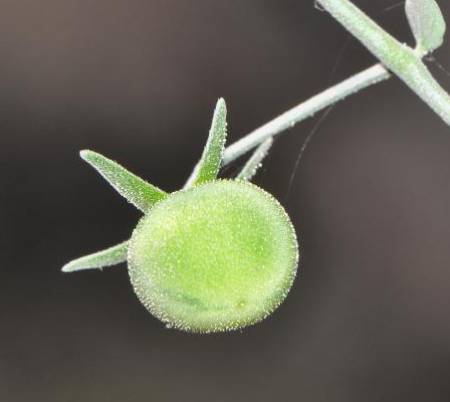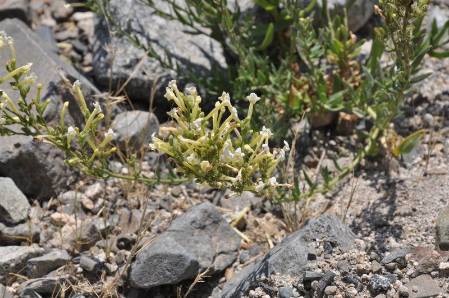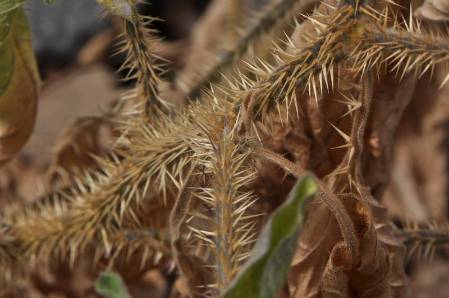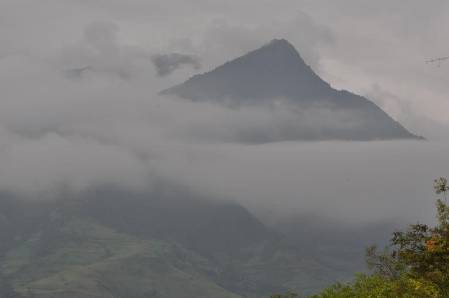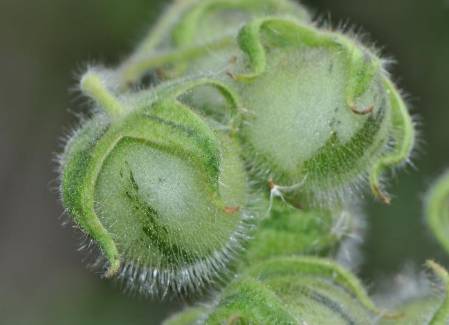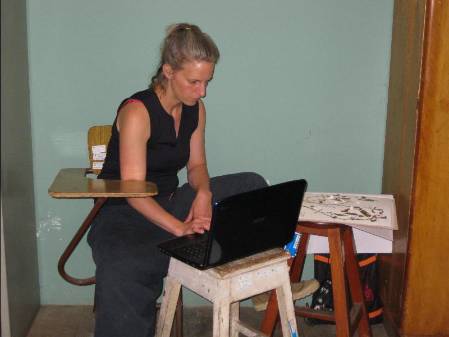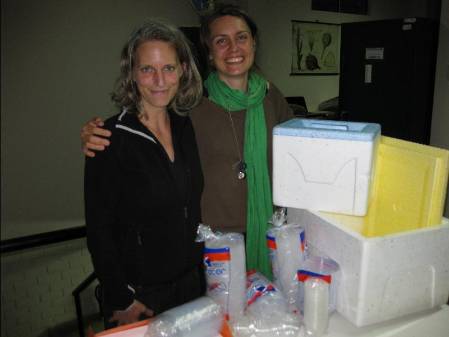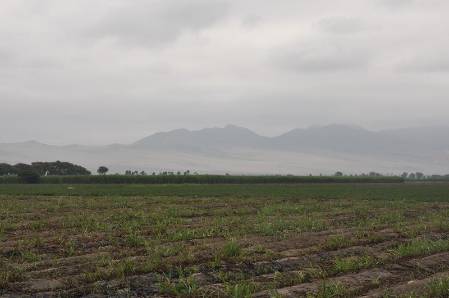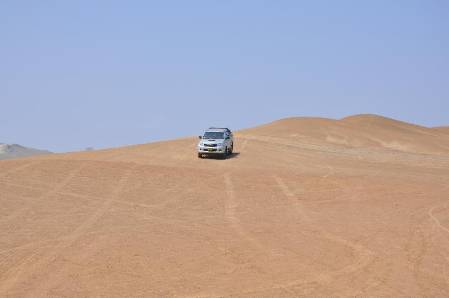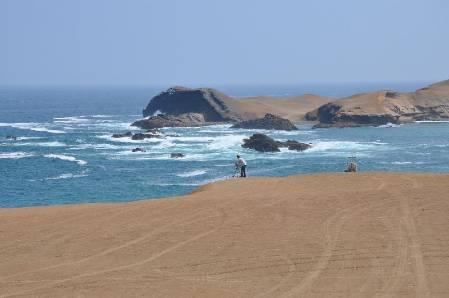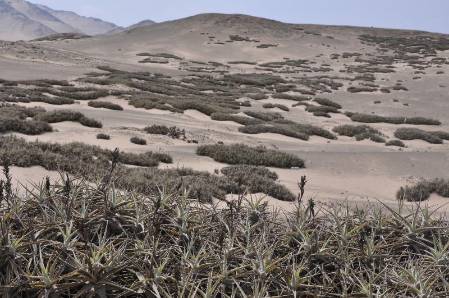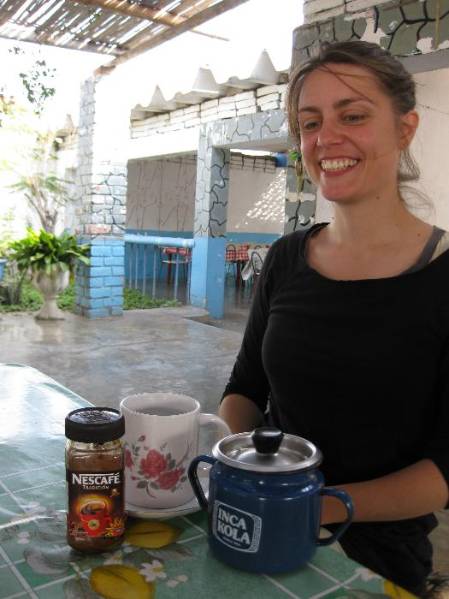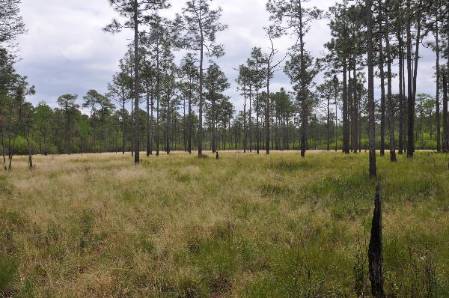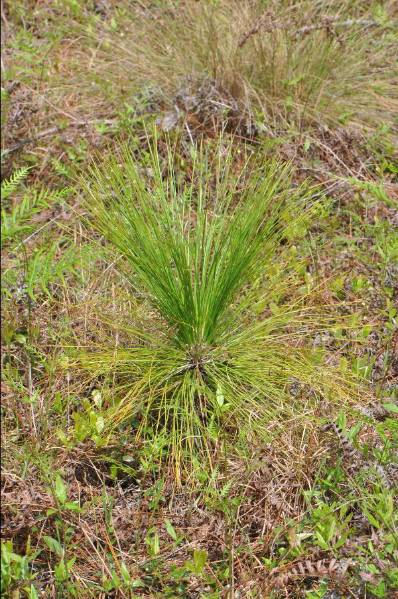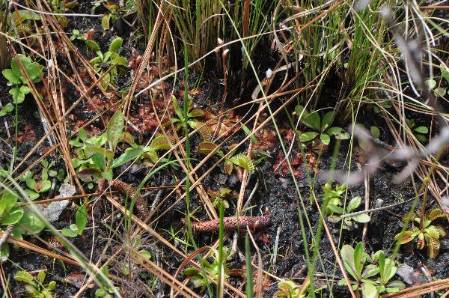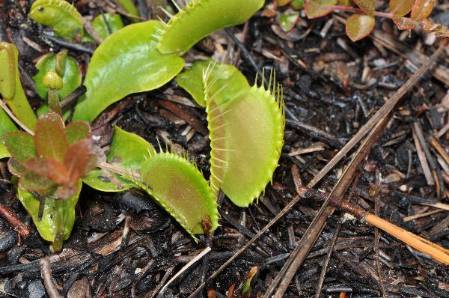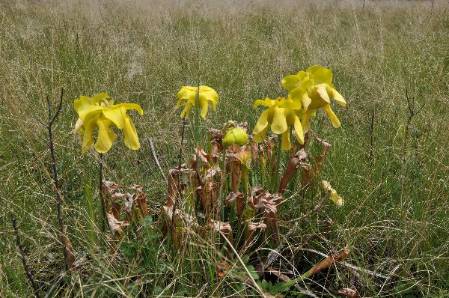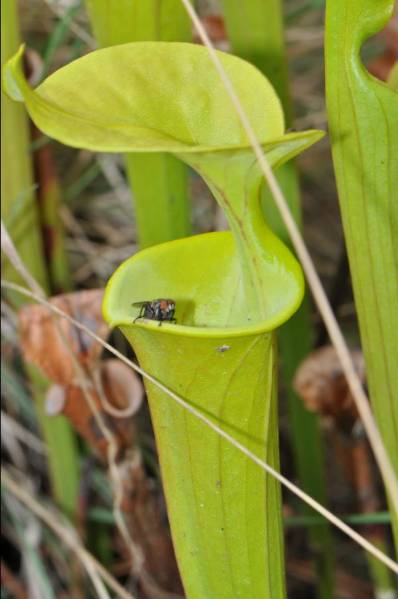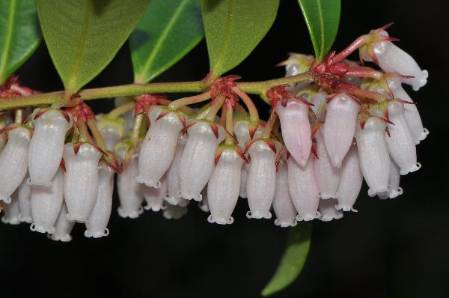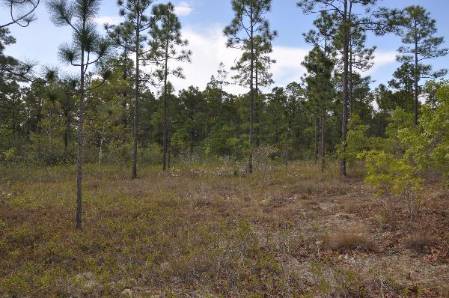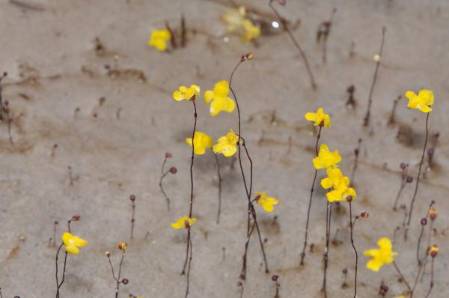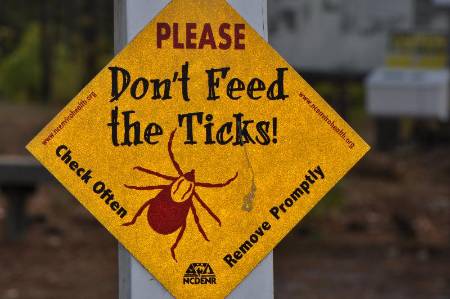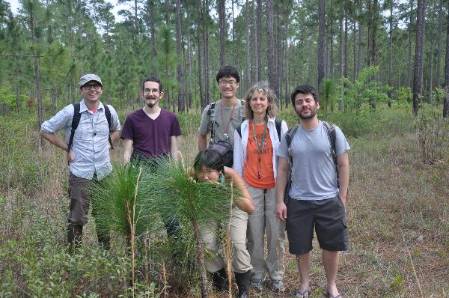'Flygirl' Erica McAlister and 'Psyllid lady' Diana Percy arrived in Lima without a hitch, and I handed the initiative field work baton on to them; they will carry on the blogging through Erica’s blog stream, so I’ll watch there for adventures and progress – they go by bus to meet Tiina in Huaraz in the Callejón de Huaylas, where mountains await them, while apparently snow in May lies in wait for me!
We had a productive day at the Centro Internacional de la Papa (International Potato Center, one of the 17 CGIAR centres worldwide and the one responsible for potatoes and other Andean tuber crops, as the name suggests). Here I gave a talk – foolishly I had the audience vote whether to have it in English or Spanish; they chose Spanish and I probably made all kinds of mistakes! But never mind – it was fun.
Erica will be blogging about their day – new contacts for the insect component of the Crop and Pest Wild Relatives Initiative and we are now completely rethinking our approach to the collecting. I had long and very good discussions about permitting and the new Peruvian laws with respect to collecting and using genetic resources. Perfect – just what I had hoped for this trip.
Now that I am on the plane on the first leg of my many-hour return to the Museum, I thought I might just share a few of the things that I love about field work and its ups and downs.
The people
The people you meet on the road in different countries are wonderful – so often generous, kind and friendly – they are really part of what makes travelling so rewarding. We scientists often write about our work in the field as an unending series of scientific thoughts, actions and discoveries – all of this is true of course, field work does let you think about your scientific work in different ways – but it is all underpinned by interactions with local people, whether local scientific counterparts or countryfolk.
Take the gentleman from a small village high above Caraz discussing the differences between plants with Emilio, or the man who proudly showed me his recent potato harvest, or this woman who discussed her garden in detail with Paul and gave us some lovely fruits – if one takes a little time, the human interactions can be great.
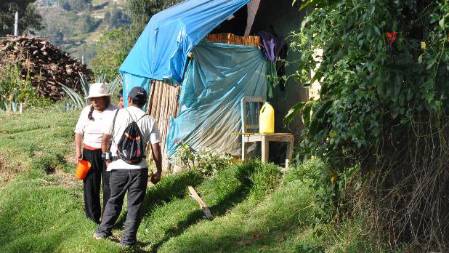
People in small rural villages also tend to know a heck of a lot about plants and the environment as well! And they are usually very happy to talk about them with someone who is interested.
The food
Food – you can’t do without it (as I found this trip after several days of battling parasites before finding a pharmacy!). You can take all your own food, as do astronauts or high mountain trekkers, but that spoils half the fun. Partaking of local fare is much more fun, and besides, it helps support the local economy. Wondering what the 'Menú' (or standard fare) might be is half the fun of stopping in a small village for a meal. Will it be stewed chicken? Ullucu with tripe? Beans and rice? Nothing at all? Sometimes there is even the luxury of choice.

These women in Cabanas were making a sort of fry bread and 'papas rellenas' – deep fried mashed potato with an egg inside
I have eaten all sorts of things in the field, some I liked and some I didn’t – but they were all fun to try out. In the Andes I like to try to eat the traditional crops like quinoa, and the Andean tuber crops ullucu (Basellus ullucus, a spinach relative whose tubers are slightly slimy, but delicious), oca (Oxalis tuberosa, whose tubers are multi-coloured and slightly acid) or mashua (Tropaeolum tuberosum, a relative of our garden nasturtium).

Oca (Oxalis tuberosa) is probably (after potatoes of course!) my favourite Andean tuber – these tubers are about 5 cm long and the diameter of your thumb or a bit bigger
But villages are not always close at hand, and you don’t always drive through them at the right time of day. So snacks and road food are always necessary.
This trip Tiina and I had a slightly silly shopping expedition in which we bought snacks for their amusing (to us) names – resulting in a mish-mash that no one else was particularly keen on. But we ate them – when you are hungry, it doesn’t matter if you are eating something called a Bimbolete really.
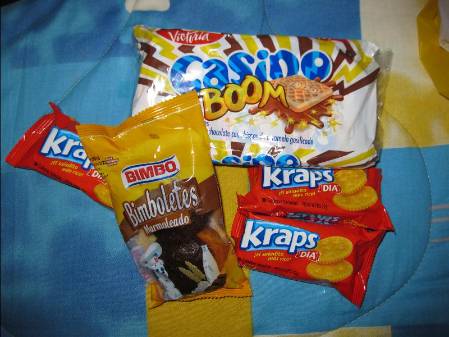
Water too is essential – although there are streams, it is best to either purify it or drink bottled water – the risk of parasites from the large numbers of animals like sheep and llamas in the areas we were travelling through is just too great.

But there is always Inca Kola to fall back on if you are desperate – said to be flavoured with lemon grass; it is the sticky sweetest stuff I have ever tasted!
The facilities
Since we usually travel through populated areas we tend to stay in small hotels rather than camp – it makes drying the plants easier and you can work a bit longer during the day. Hotels vary from pretty basic – a bed and blanket and that’s it (like in Mollepata), to more comfortable with hot water and electricity and sometimes even good coffee!
A common denominator in Peruvian hotels though is the lack of electricity sockets. This means charging up all the devices we carry with us these days can be a challenge. Whose batteries are likely to run out first, the GPS or the camera? How do we both work on the computer at the same time and charge all the kit? It can be a real challenge.
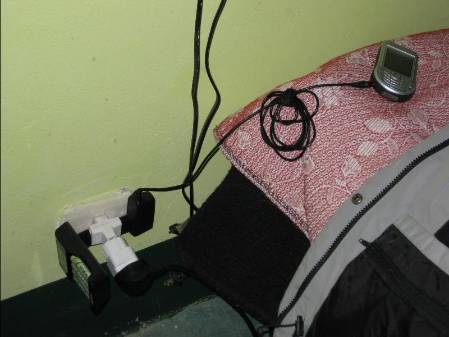
Maria and Tiina’s hotel room in Cabanas had a single wall socket – they used it to the max!
Toilet facilities can also be a challenge – I won’t go into it, but sometimes a tussock of grass has to be enough. And in Peru, travel without your own toilet paper in your pocket at your peril!

Small disasters
Flat tyres, small bumps – car hiccups are common. Less common are more dramatic things, like the plant presses catching on fire. We use a dryer in the field that consists of a set of metal shelves with a gas burner underneath. On top we put the plant press, with the plants pressed in newspaper alternating with blotters and either cardboard or aluminium corrugates through which the heat passes, drying the specimens. The whole thing is wrapped in a sort of blanket contraption that keeps the heat from escaping out the sides and channels it up through the press.
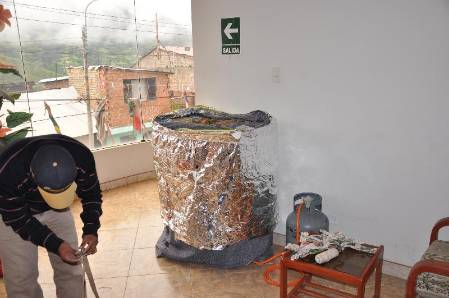
Paul with the plant dryer on a good day on last year’s trip in southern Peru
This system works really well, and specimens dried in the field are much nicer than those preserved and dried later – they keep their colour better and are just prettier. A day’s worth of collecting usually fills (usually a bit more than, so we are always a bit behind) the press and dries overnight.
In Caraz though, the top shelf collapsed – letting the press fall down onto the flame from the burner. Not good. Fortunately I woke up really early and went to check the dryer and found it smoking gently, not yet truly on fire. Phew! We managed to get all the plants out and stamp out the smouldering cardboard corrugates – only a little half-moon shaped area was really charred, and we only had a couple of quite charred specimens. All in all a lucky escape!
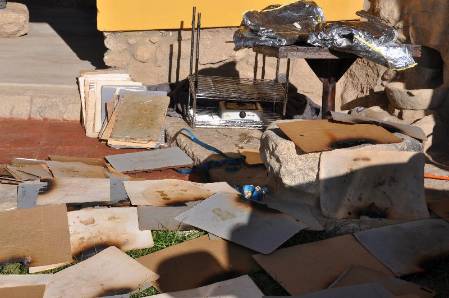
The aftermath of our almost-fire – not too bad considering!
Getting plants for making specimens can also lead to hiccups – sometimes it is easier to climb up a steep bank than to get back down again!

Emilio got up to this specimen of Solanum huaylasense, but once up there realised it was quite a way back down!
The roads
I’ve written about roads a lot on these Andean field work blog posts – they are one of the striking things about working in such a mountainous region. How they built some of these roads I cannot imagine, but they did, and they all have traffic. Meeting a large Volvo lorry head-on on a hairpin turn is a heart-stopper; someone has to back up to let the other pass. The general rule is that the person going up has right of way (it is more dangerous to back down the hill than up), but sometimes size matters.
Couple this with dirt, mud and ruts and it is pretty exciting. Our general rule is that the driver is not supposed to look out for plants – that is the passengers’ duty.
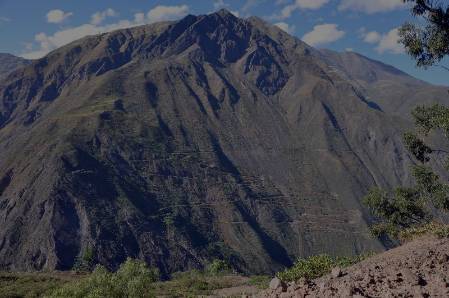
If you look closely you can just see the amazing switchbacks snaking up the seemingly vertical bank opposite
The lorries are amazing too – they range from monsters belching black smoke to works of art. An endless parade of semi-hidden design talent exists on Peruvian roads.
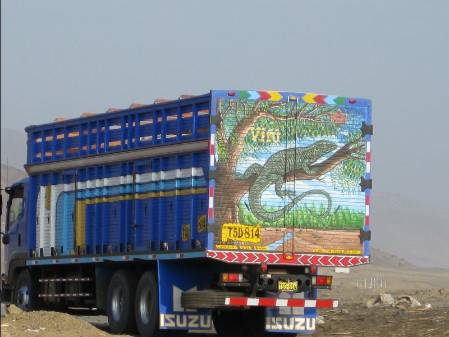
In all but the smallest, most remote villages there are swarms of mototaxis – like rickshaws, but motorised. They are used to carry everything from passengers to chickens and pigs. This one seemed to be carrying a full load of grass and alfalfa harvested to feed the owners livestock, but we didn’t stop him to ask. They too are often spectacularly decorated – I even saw one with angel wings on the top!

Last but definitely not least, the plants
This is what I come in the field for – I’ve never been good at travelling for holidays, I feel I am missing something. There is nothing quite like the rush of seeing something you haven’t seen before, even if it is a species already described. I’ve written about why field study is so important before, but I’ll say it again – seeing plants (and insects) in their native habitats give a whole new dimension to the work we taxonomists do at the Museum, and allows us to go beyond just what they are to what we think they are doing.
I for one really appreciate the support the Museum gives to its staff to go in the field and collect – not only do we improve our collections with new material collected using modern methods, but I think we improve our interpretation of those and other collections as well. It might seem a luxury to allow staff to travel all over the world acquiring new specimens for an already large collection, but it is not a luxury, it is essential. The collecting we do is part of a global monitoring system for biodiversity; these specimens will provide future generations with the data and baseline for today. They allow us to see how organisms grow and co-exist in wild nature and provide a valuable record of where things occur.
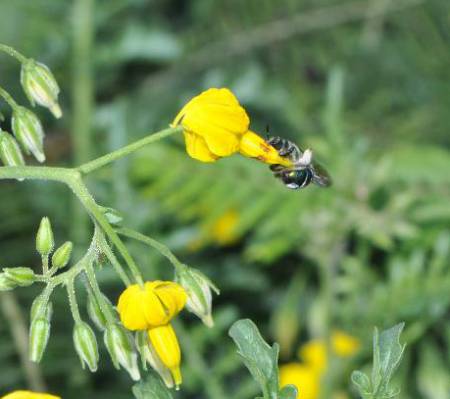
Solanum huaylasense flowers being buzz-pollinated by a small green bee – the brown matches on the anther cone are from where she has bitten to hang on
I always come back from the field buzzing with new ideas – for projects, about the plants themselves, about ways to look at data we have collected. Field work might not suit everyone, but for people like me, it pushes the science in exciting new directions.
Besides – it’s great fun!



